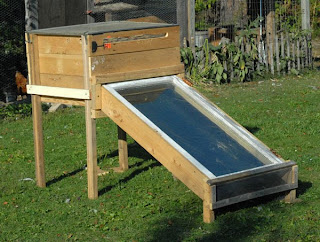320 g white four (.7 lbs)
200 g butter (2 sticks)
120 g cane sugar (.26 lbs)
3 g salt
little bit of orange juice
Add dry ingredients to KitchenAid. Soften butter in microwave for one minute. Mix in with dry ingredients. Use a little orange juice if needed so it will form a ball.
Use a greased 10" spring vorm. Sprinkle flour on counter and roll out dough to about 1/4"- 1/8" thick. Assemble pieces into vorm, cover bottom and sides completely, pinch edges. Save about 1/3 of dough for top lattice.
for the filling:

6-8 large apples, peeled, cored and cubed
6 tbs (vegetable) butter
3 tbs cane sugar
1 cup raisins (golden & black)
1/2 tsp sea salt
1 1/2 tsp cinnamon
1/2 tsp ground ginger
1/4 tsp ground nutmeg
1 cup liqour (bourbon, rum)
lemon
Melt butter over medium heat. Add sugar, salt & spices and stir till blended. Add apples & raisins and cook for 5-10 minutes. Add liqour and cook for another 10 minutes or more until liquid is reduced and thickenend (or pour off excess liquid). Squeeze lemon juice into mixture, it helps prevent browning of apples.
Add filling to pie shell. If desired, thicken excess liquid (extra cooking, or corn starch) and add to filling. Cut excess dough into strips and assemble criss-cross for lattice top. Brush lattice top with egg white.
Bake at 350 degrees Fahrenheit for about 45 minutes, or until crust is golden brown.
Dough recipe from Het Nieuwe Kookboek by H.H.F. Henderson.
Filling recipe adapted from Bourbon Apple Pie by Smith & Thruslow

















